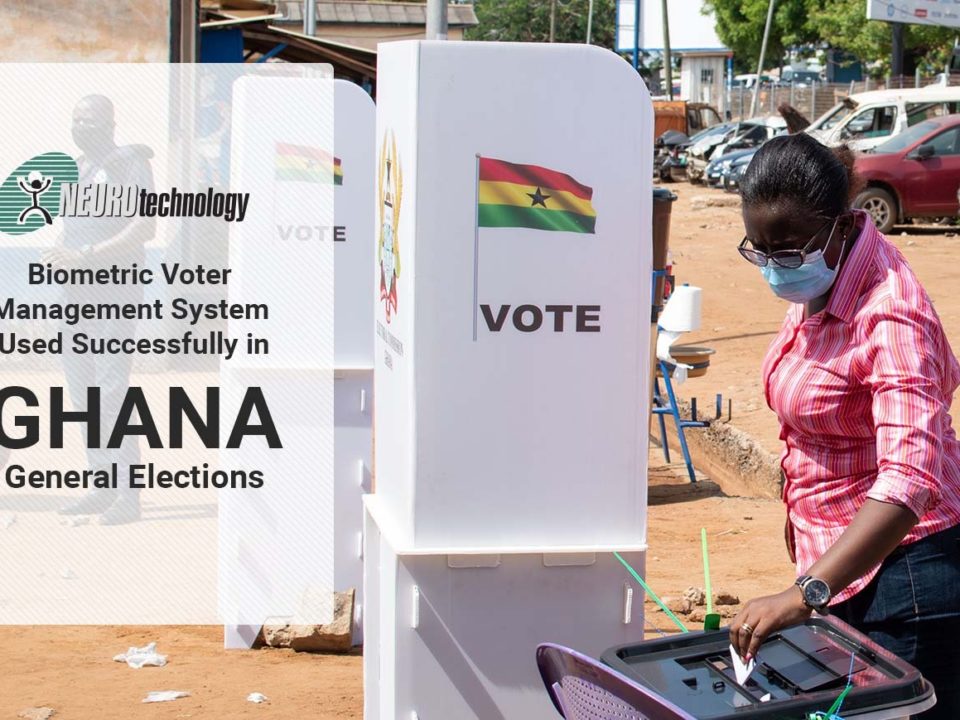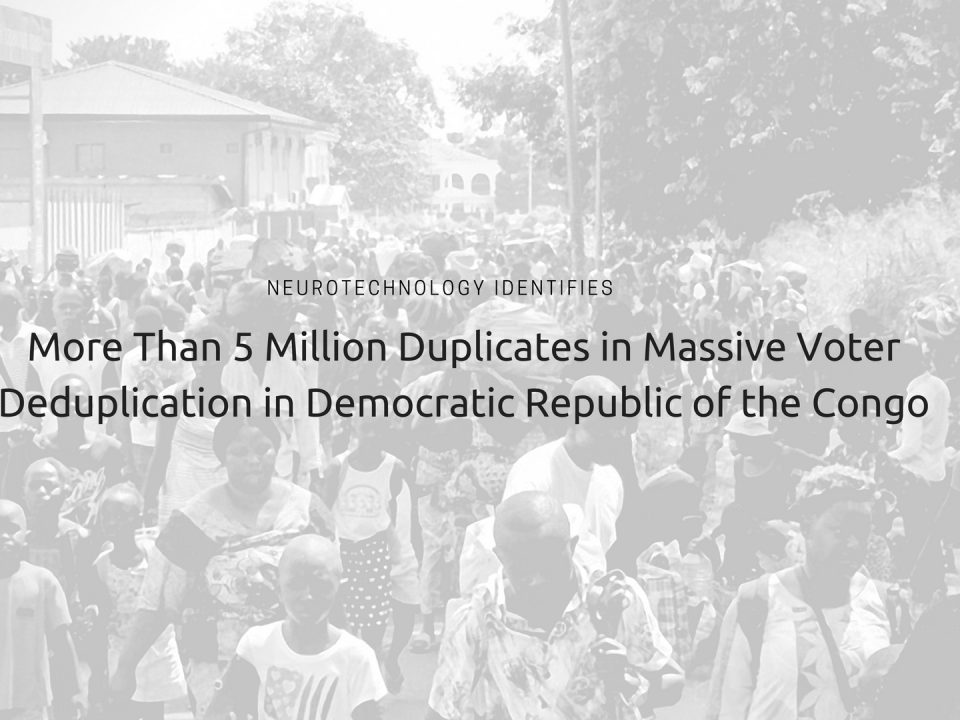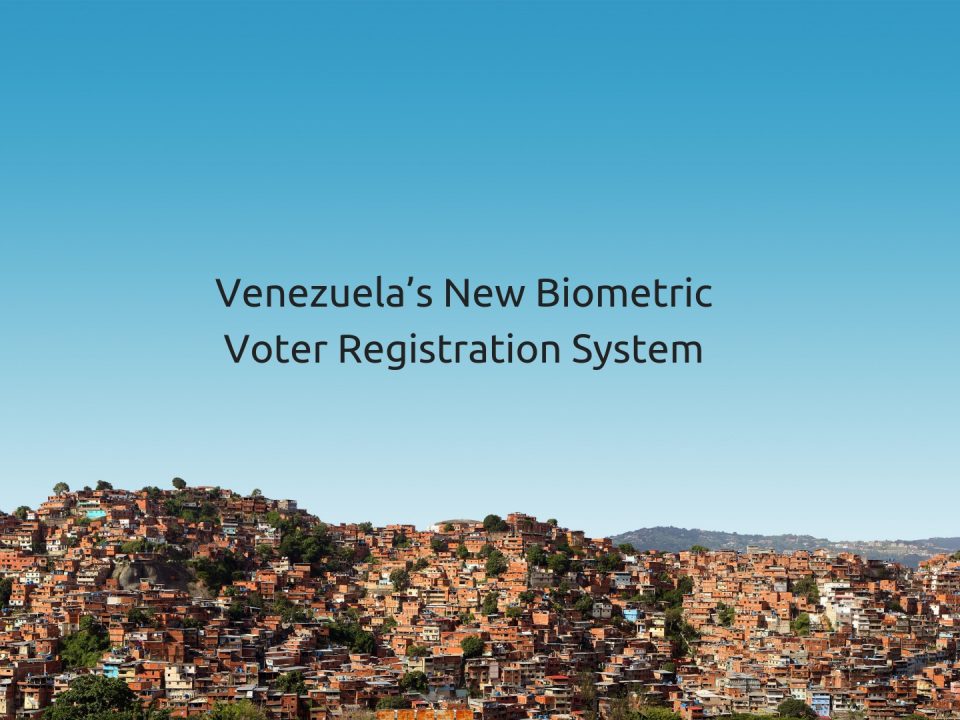What is voter registration and why does it matter?
Voter registration is the key process that establishes which individuals are eligible to vote. The voter registration process varies widely across countries. In some countries, voters are automatically registered when they turn of voting age or when they move to a new place of residence. In other countries, the voter has to take specific steps to register. In all voter registration processes, the government must provide eligible voters with fair access to the process.
The voter registration process has three goals:
- Voter registration makes sure eligible citizens have a real opportunity to vote;
- Voter registration prevents ineligible people from voting; and
- Voter registration should prevent multiple voting.
Using Biometrics for Voter Registration
Voter registration remains one of the most complex and contested parts of the electoral process. In countries where there is no trustworthy population census and no reliable identification documents, voter registration is even more complicated. Existing registers are often of poor quality, thus opening up avenues for manipulation and putting pressure on electoral management bodies to establish more reliable registration systems. In such a situation, it is often assumed that biometric technology can provide the required solutions.
Although the procedures and modalities engaged may differ, biometric recognition needs to undergo the same three stages of voter enrolment, exception handling and voter verification.
Voter Enrollment
Prior to using a biometric system, the voter should be enrolled. A scanner is usually needed to convert some piece of biometric information (e.g., a fingerprint) into the digital format. From this data, important features are extracted to produce a template. The template is coupled with some descriptor of the user’s ID before storing in the system.
Exception Handling
To increase security, the entire set of the collected data undergoes the meticulous process of deduplication. This type of exception handling prevents making attempts to falsify the elections by eventual multiple enrollments of the same voter in several districts. We log all our deduplication activities to have a hard copy of the evidence against any conceivably ineligible behavior. Please note that the exception handling procedure is conducted by a specially trained staff under close surveillance of the electoral committee.
Voter Verification
In this stage, a person needs to interact with a biometric scanner (e.g., put their finger on a fingerprint reader) to obtain a scan that is compared with the data stored in the template. We use a proprietary algorithm to perform this comparison. If a match is found, the person is accepted as a legitimate voter. For a fair match, the acquired and stored templates must not be identical as the comparison is approached statistically by calculating some score of similarity between the two templates. A higher score implies more confidence that the person who has just presented their finger to the system is truly the registered voter.
Neurotechnology has developed a reliable neural networks-based algorithm to effectively handle the issue of intra-voter variation produced by a large number of factors. Some of these include unavoidable disparity due to the slightly different ways the voter interacts with the sensor each time, alterations in the imaging conditions, or a diversity in the ambient settings.
The algorithm allows a system operator to regulate the margin of error tolerated by setting a certain threshold. Only if the similarity score exceeds this threshold, the final conclusion is drawn about a successful match. Requirements of a particular application determine the direction the threshold level should be pushed; for bigger security, the level needs to go up, whereas an increased tolerance to intra-class fluctuations will demand putting the threshold lower.




